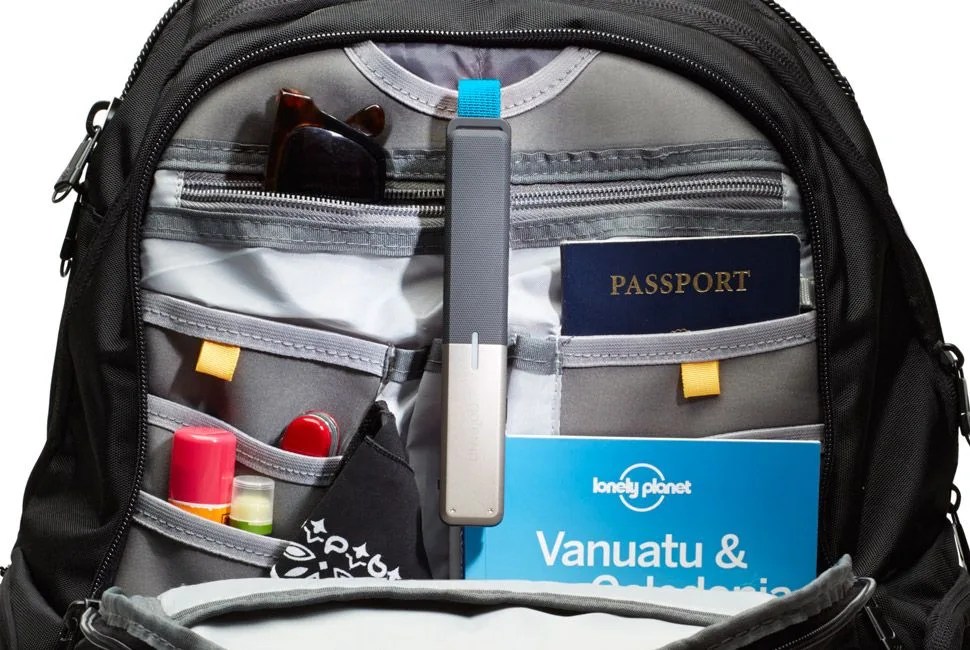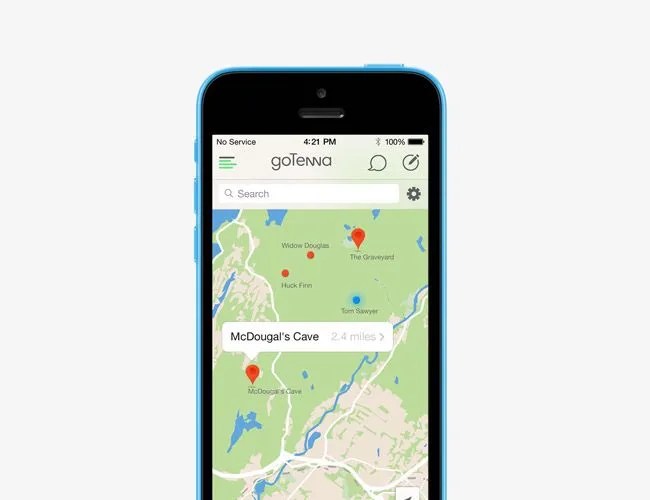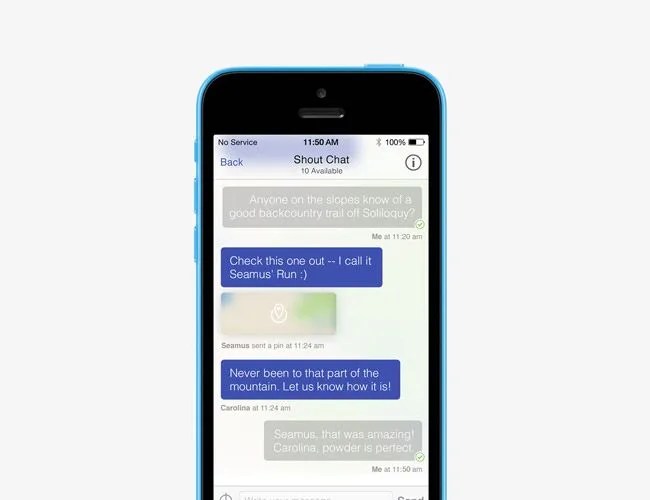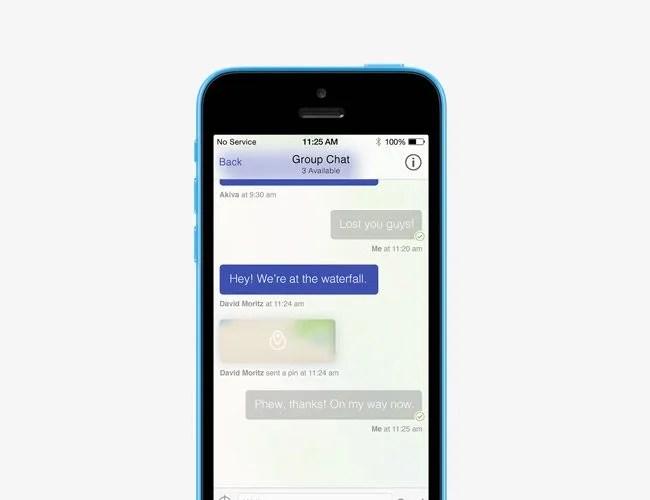Hurricane Sandy devastated much of the East Coast when it struck in November 2012. A major part of that damage was to communication infrastructure; in New York City, Daniela Perdomo, an entrepreneur in the tech startup world at the time, saw that her fellow residents of the otherwise well-connected city were vulnerable. She realized the need for a communications system for everyday consumers that worked independently of cell tower service.
MORE SURVIVAL: Tsunami Capsule | Everyman’s Survival Guide | Apocalypse Survival Guide
Within a few weeks she had loose plans for a smartphone device that at its early stages was incredibly small. By early 2013, after some tech consultations, she had created a prototype of what would become the goTenna ($150 for two), a hand-sized, 2-ounce device with a retractable antenna that allows users to send and receive text and GPS information using their smartphone without needing cell service. Less than two years later, Perdomo was showing the device to press at the Outdoor Retailer Summer Market expo in Salt Lake City, where it won the Outside 2014 Gear of the Show and Gear Junkie‘s Best in Show Gear awards.
The success of the goTenna, which will first be released to the public in the winter of 2014/2015, stems from its versatility. Along with the obvious hikers and campers and drug cartels, techies and festival goers at packed events like Coachella can use the device to find each other without pinging off the nearest over-saturated cell tower — and according to Perdomo, travelers don’t have to pay to roam in a foreign country. And of course the survivalist crowd can add the goTenna to their zombie apocalypse emergency kit.

Perdomo wanted to capitalize on the smartphone’s omnipresence with her disaster relief device. Instead of carrying a separate walkie talkie, with which “you can hear everyone else talking”, Perdomo said she wanted to make use of the Bluetooth Low Energy network already available to iPhone and Android devices. Smartphones communicate with the goTenna through an app; the device then emits long-range radio waves (151-154 MHz). Surrounding goTennas, purportedly in the range of about 0.5-1 miles in the city to 4-6 miles across desert (though theoretical ranges reach 50 miles in some settings), will then receive the radio waves with their retractable antennae; they transmit the information to their paired Bluetooth devices, and the app displays the text message and/or location of the sender. (The app will store this information for later if the paired device is powered down.)
“We set out to build a consumer-ready, completely decentralized, end-to-end innocent or nefarious communication technology, without a ‘back-door’ for anyone, because it didn’t exist yet, and we thought it should. We’ll leave it at that.”



